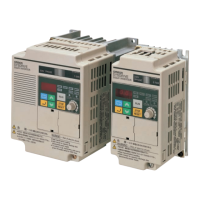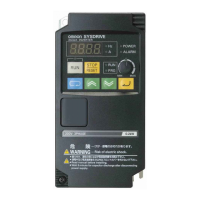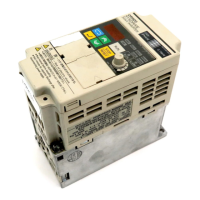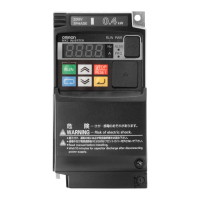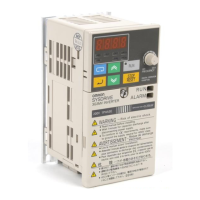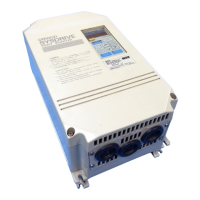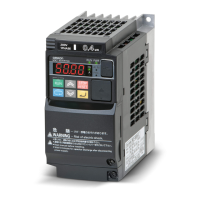4-22
4-2 Function Mode
4
Functions
D Operation
•Operation where the control volume is proportional to the variation ratio of the target value
•PI operation is the combination of the above P and I operations; PD is P and D operations; PID is
P, I and D operations.
PID Gain Adjustment
•If a stable response cannot be obtained in PID function operation, adjust each gain as follows
according to the situation.
Feedback value variation is slow when the target value is changed. → Raise P gain.
The feedback value changes fast but isn't stable. → Lower P gain.
The target and feedback values wouldn't match smoothly. → Lower I gain.
The feedback value fluctuates unstably. → Raise I gain.
Response is slow even with P gain raised. → Raise D gain.
With P gain raised, the feedback value fluctuates and isn't stable. → Lower D gain.
PID Integral Reset
•Clears the integral value of PID operation.
•Allocate 24 (PIDC) to the desired multi-function input.
•Clears the integral value every time the PIDC terminal is turned on.
Do not turn on the PIDC terminal during PID operation to avoid an overcurrent trip.
Turn on the PIDC terminal after turning off PID operation.
The integral value is cleared during free running or retry.
PID Comparison Function
•This function outputs a signal when detecting that the PID feedback value exceeds the set range.
•Allocate 07 (FBV) to any of multi-function output terminal P1 (C021) or relay output terminals MA
and MB (C026).
•Set the upper limit in C052, and the lower limit in C053. When the PID feedback value falls below
the lower limit, the terminal is turned on. The ON state will remain until the value exceeds the upper
limit.
•The output signal is turned off while output is shut off (during stop or FRS, etc.).
•Helps control the number of fans and pumps.
Large
Small
Target value
Control volume
A074
Large
Small
A074
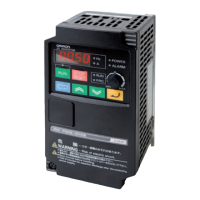
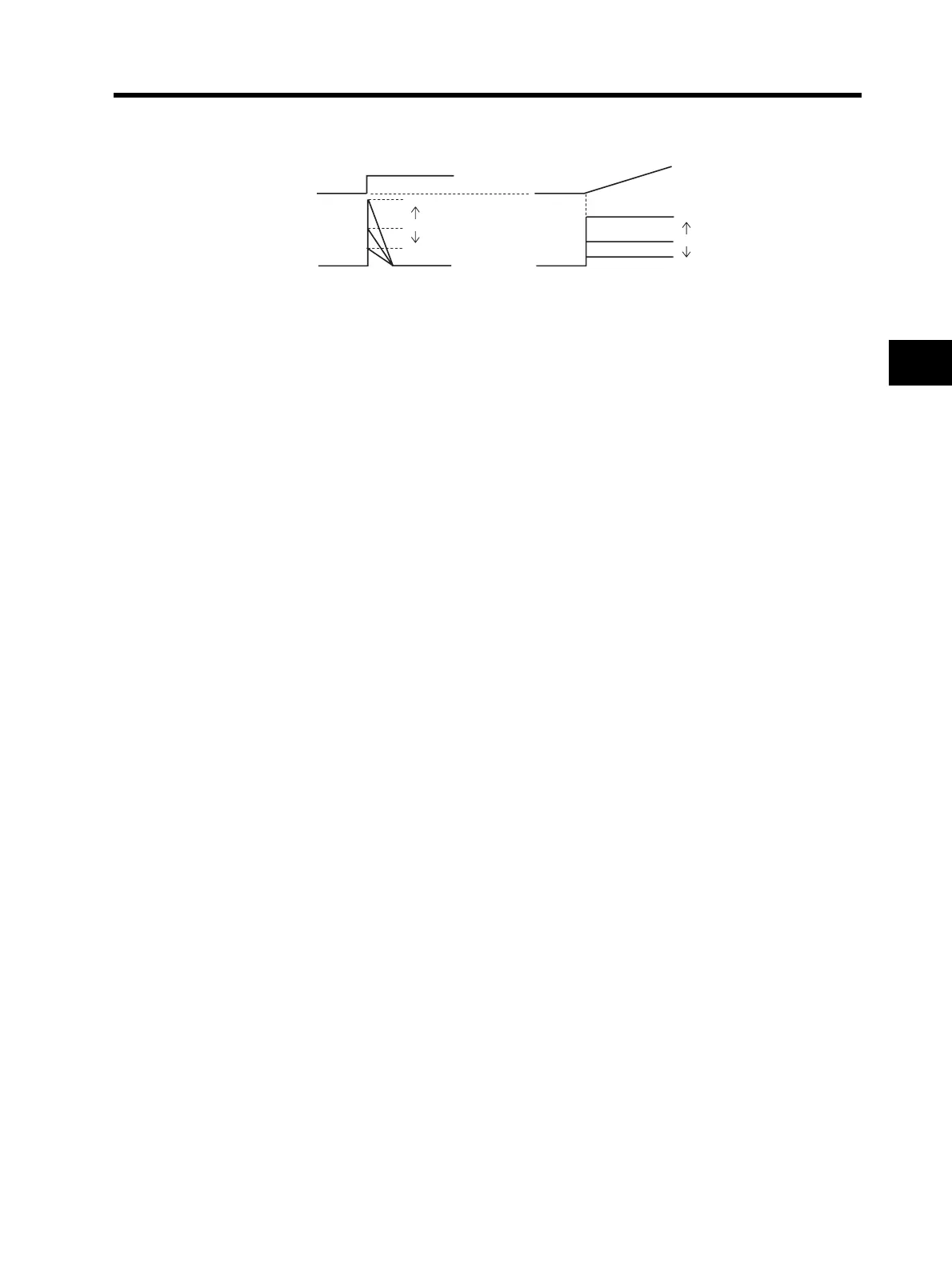